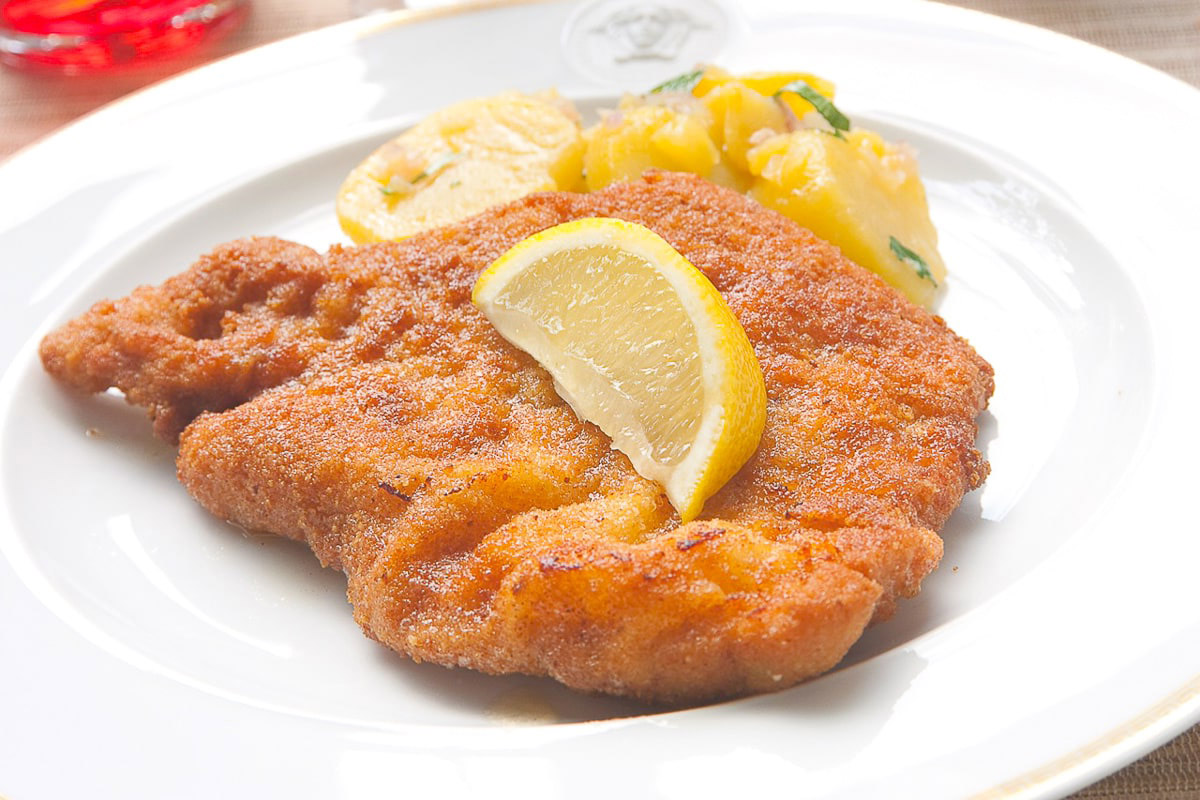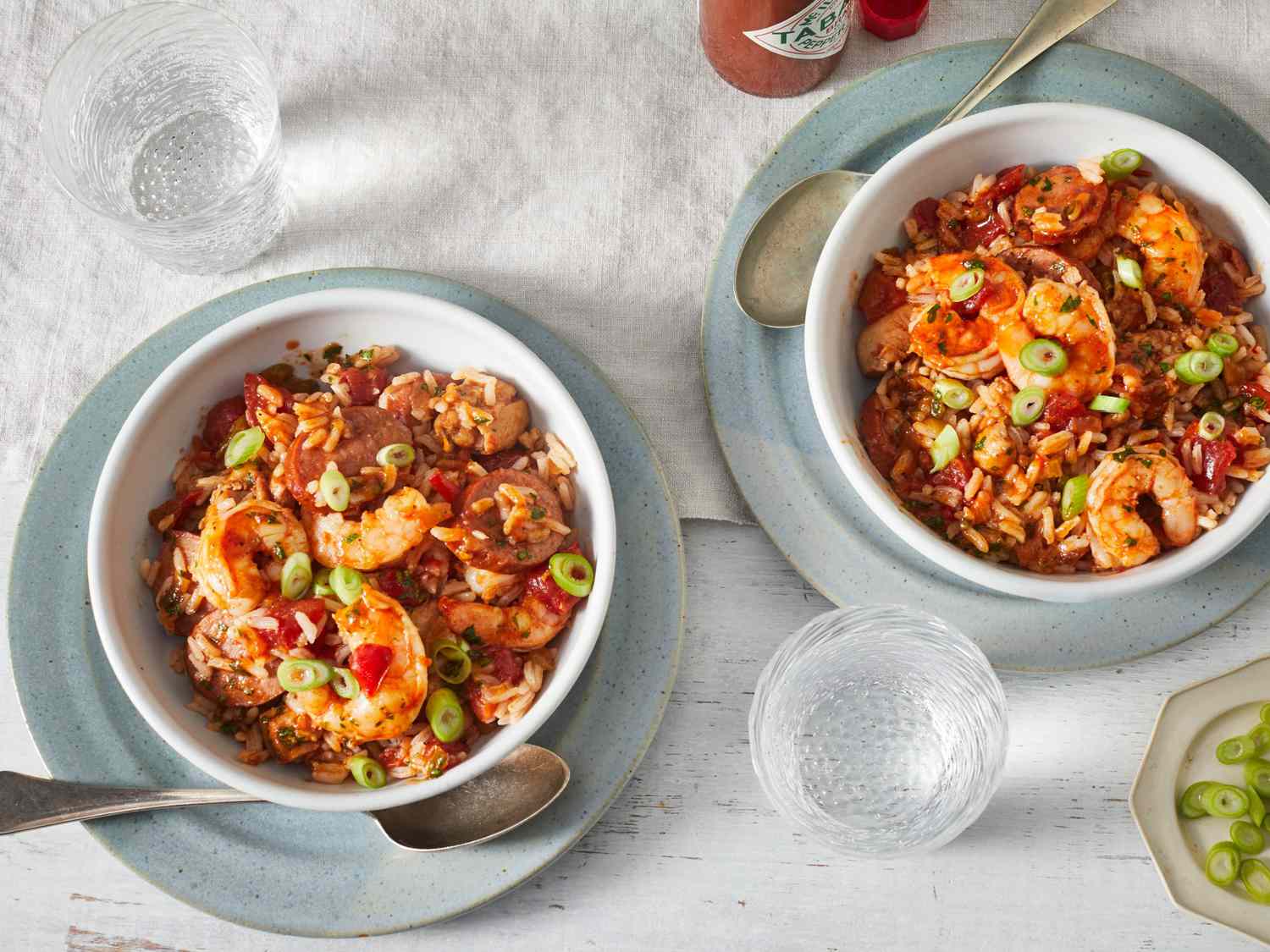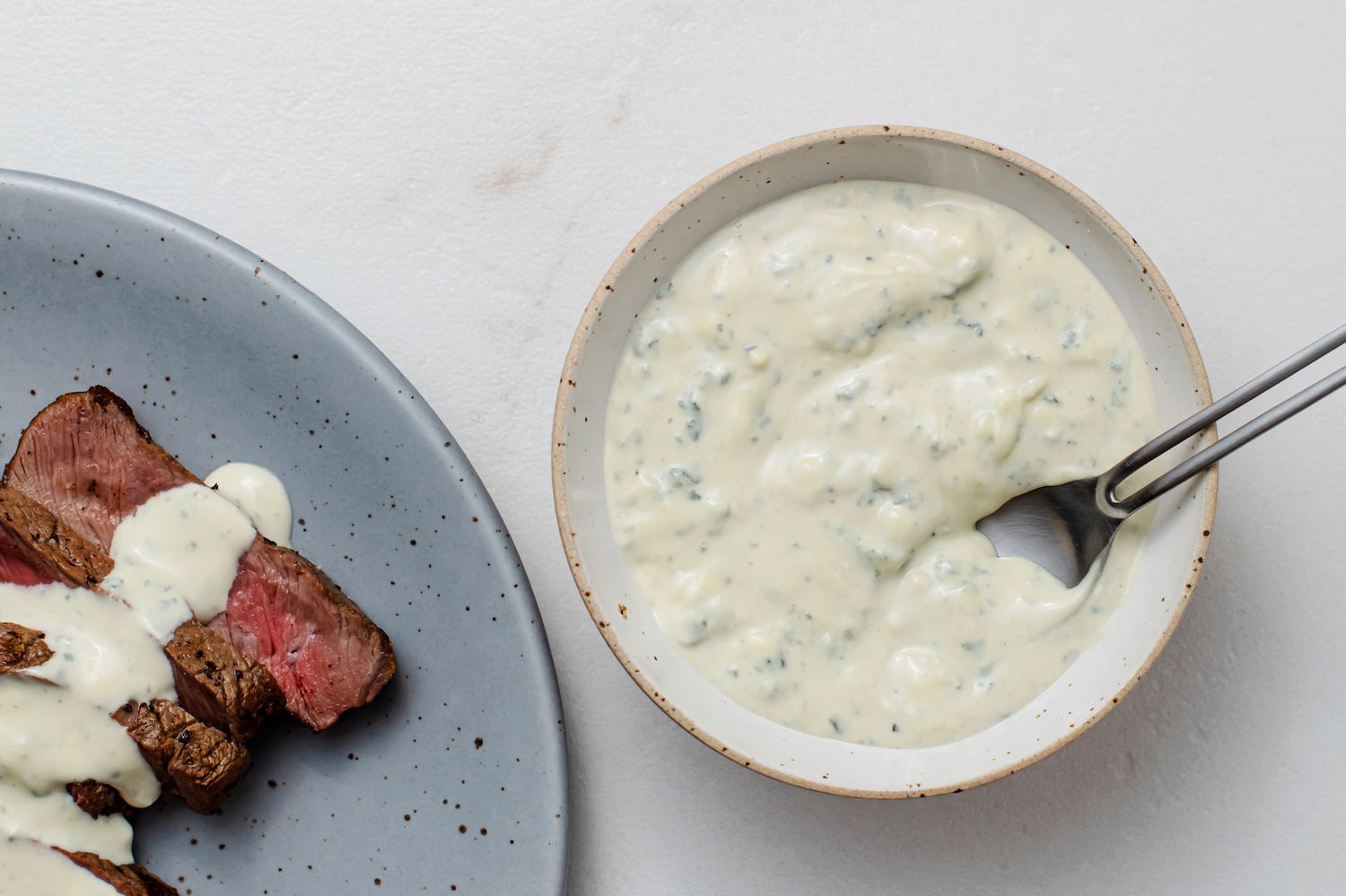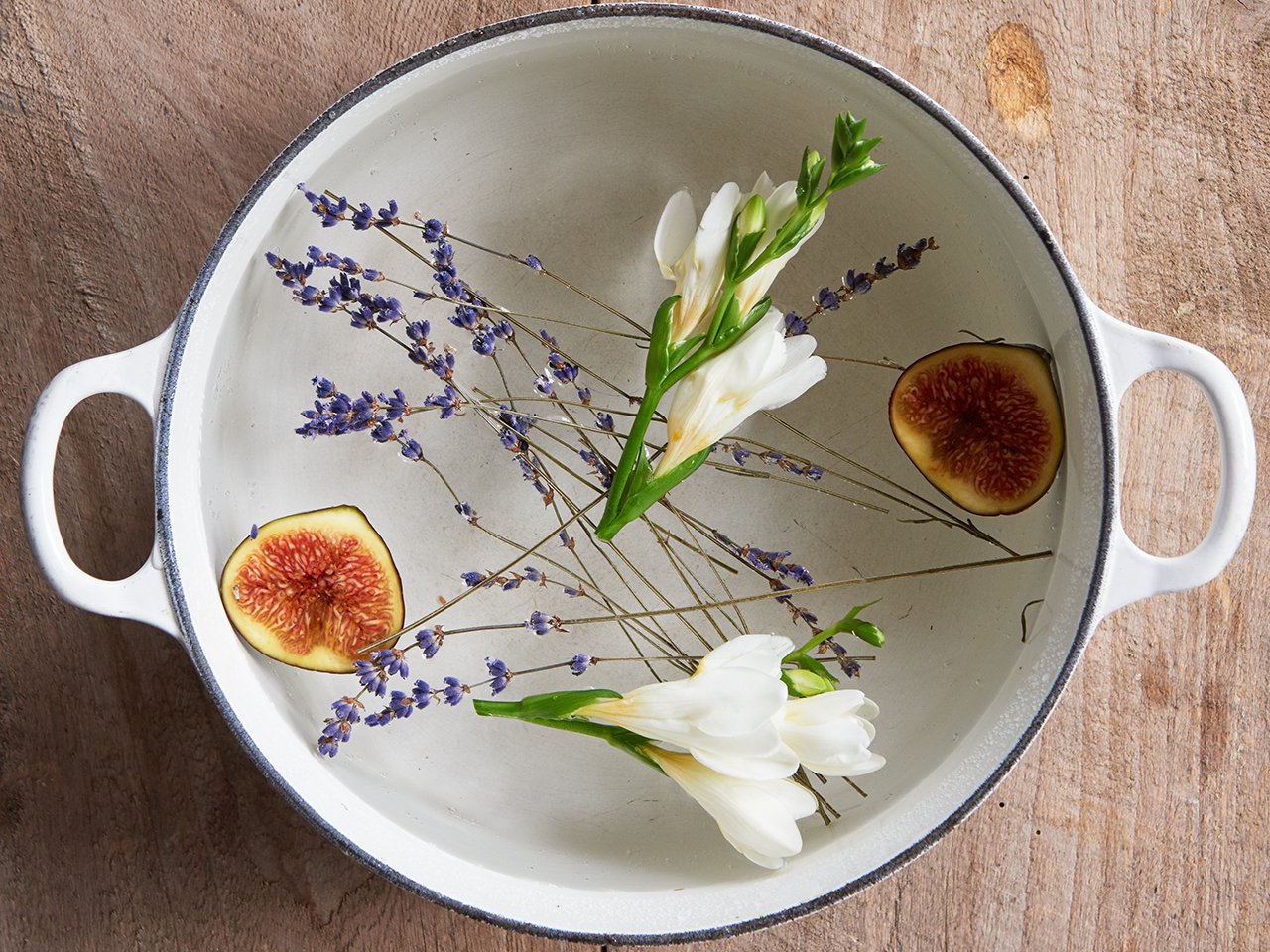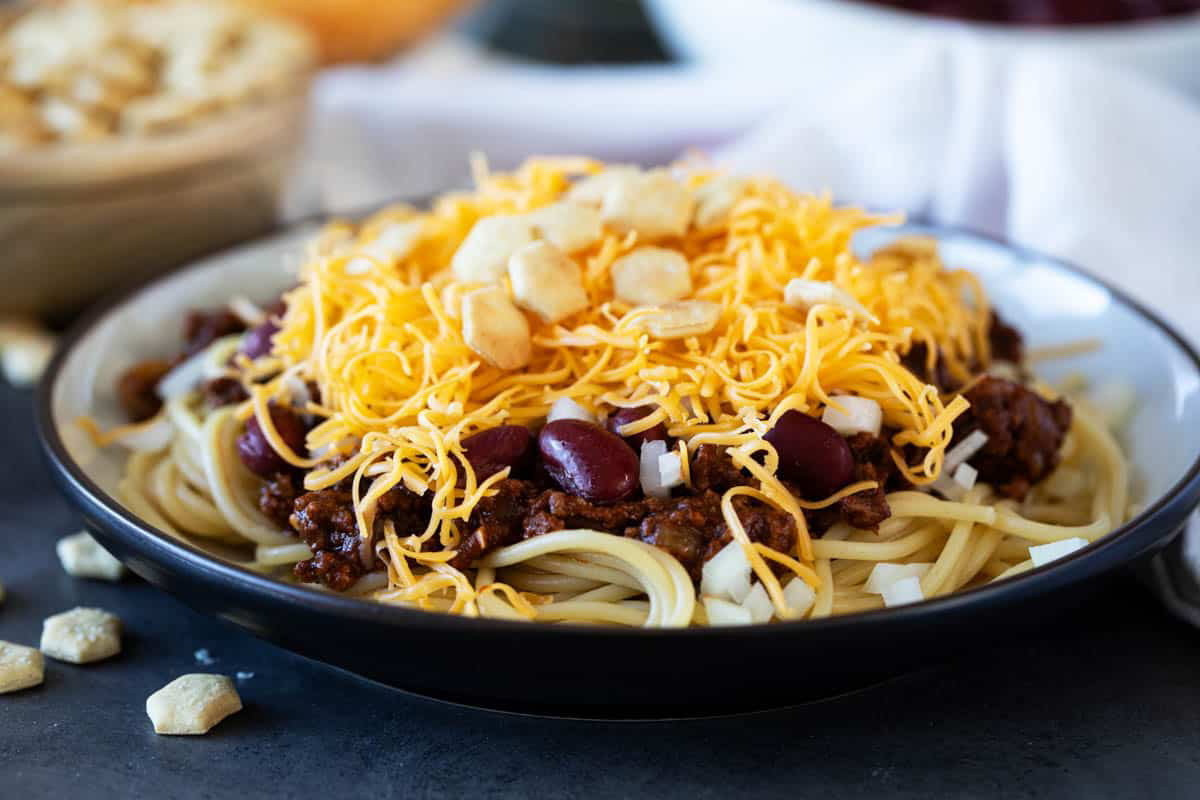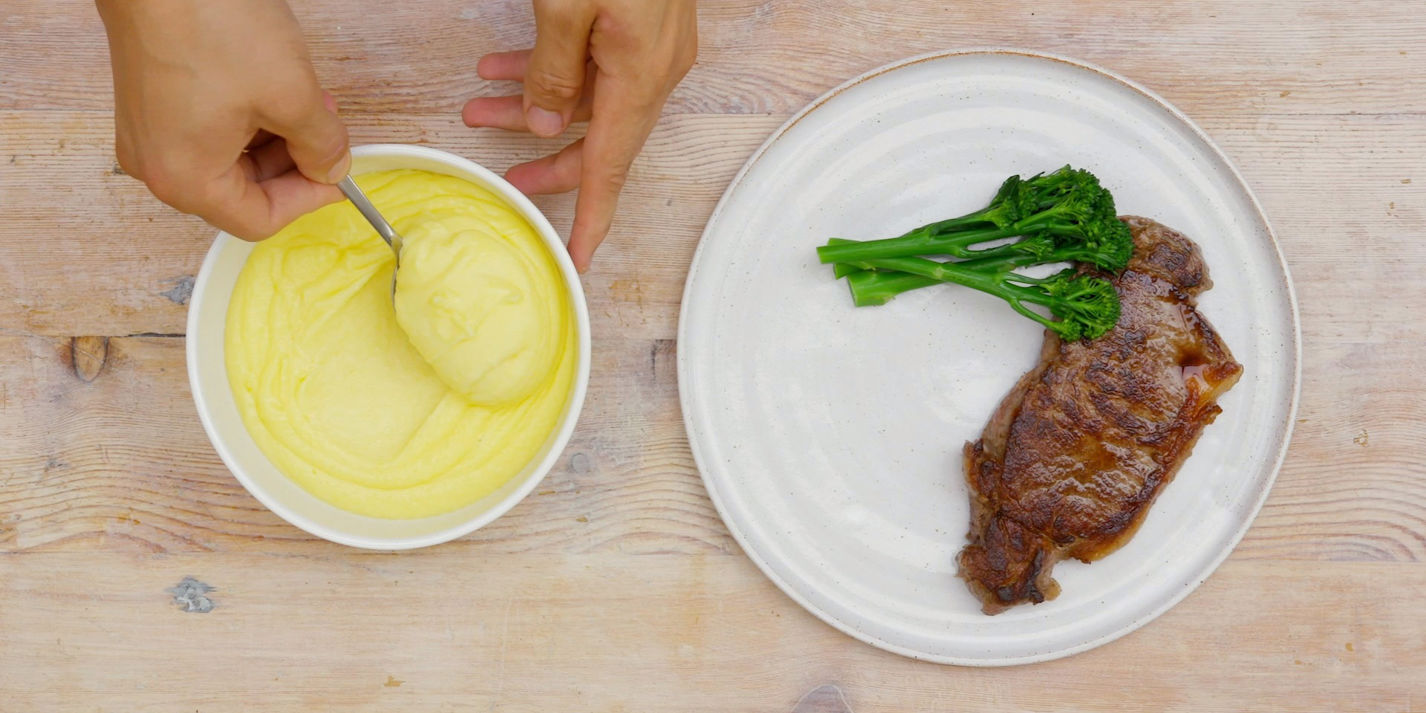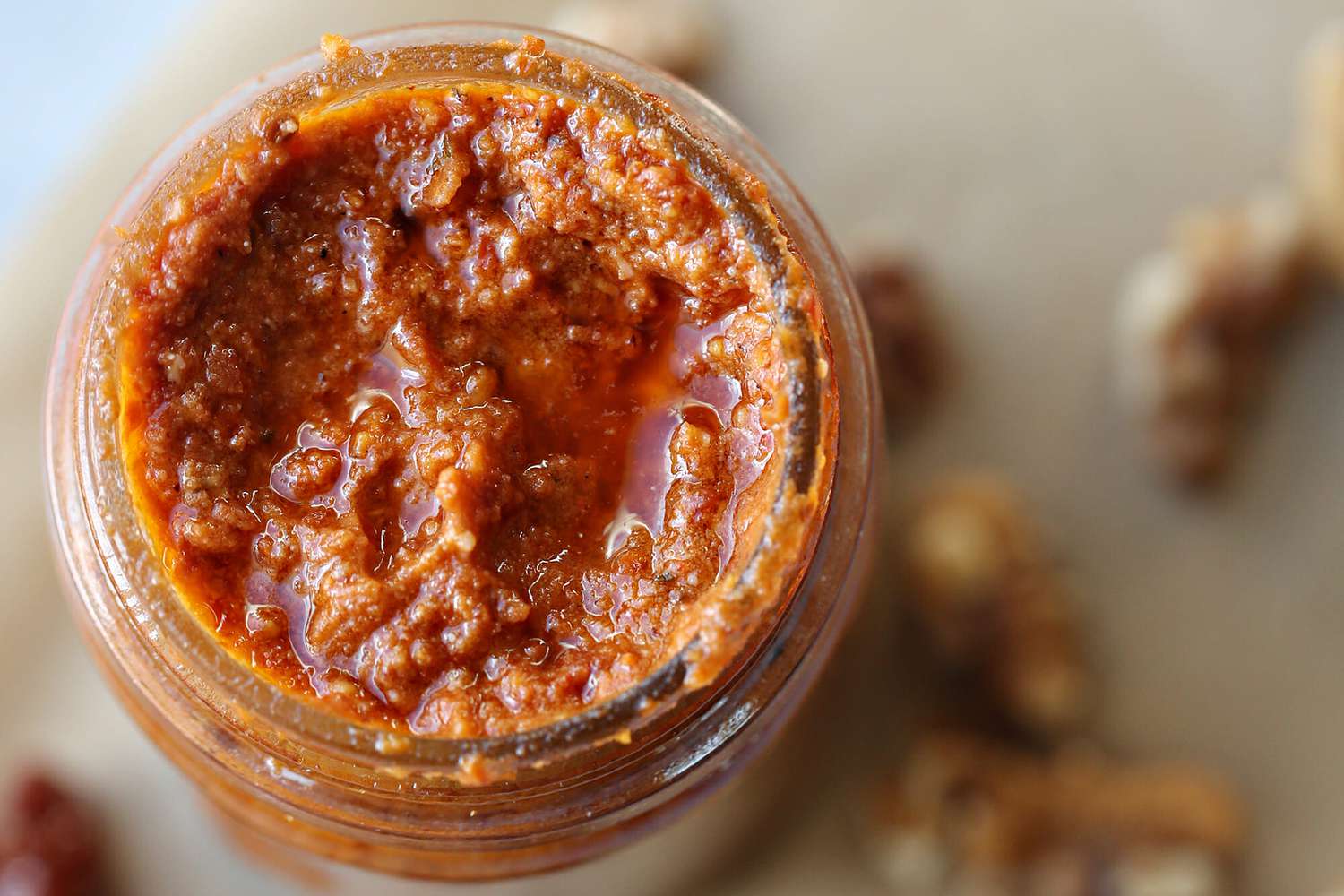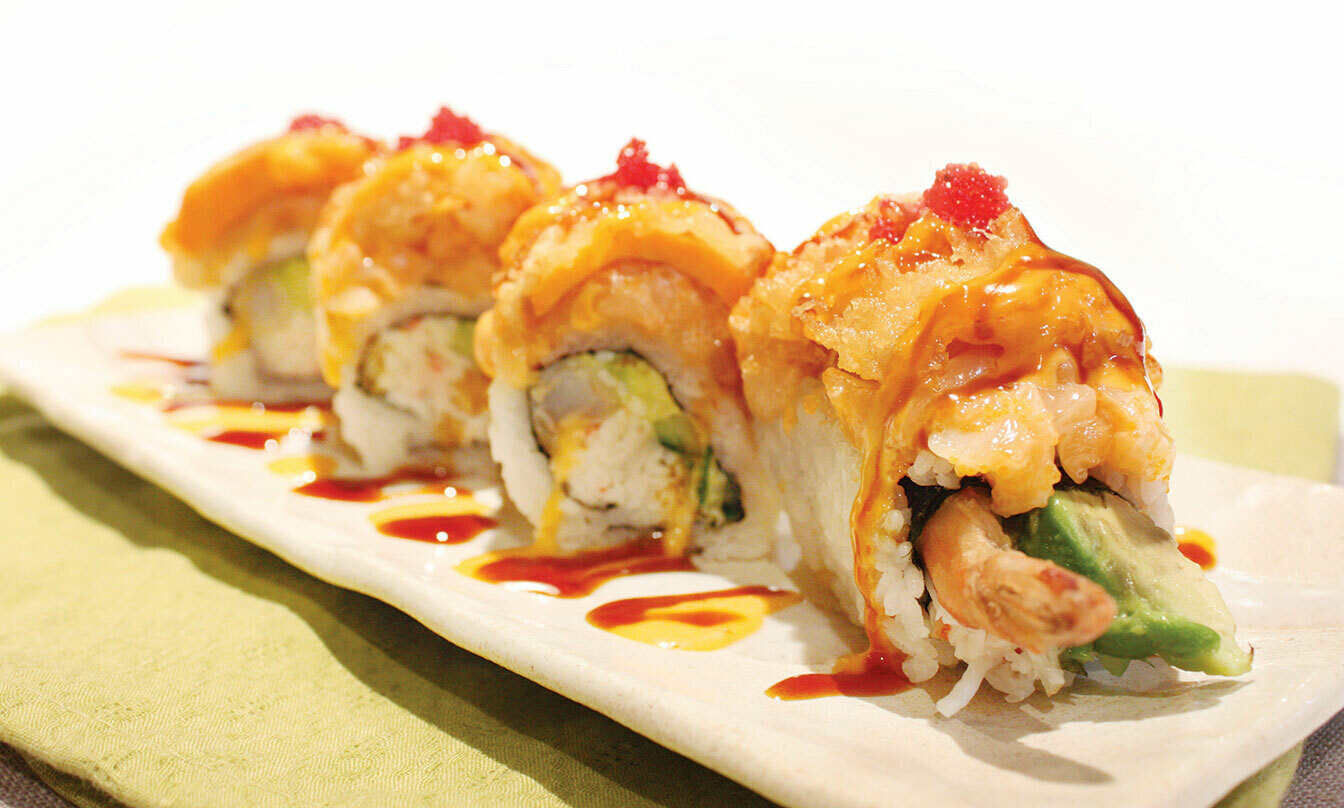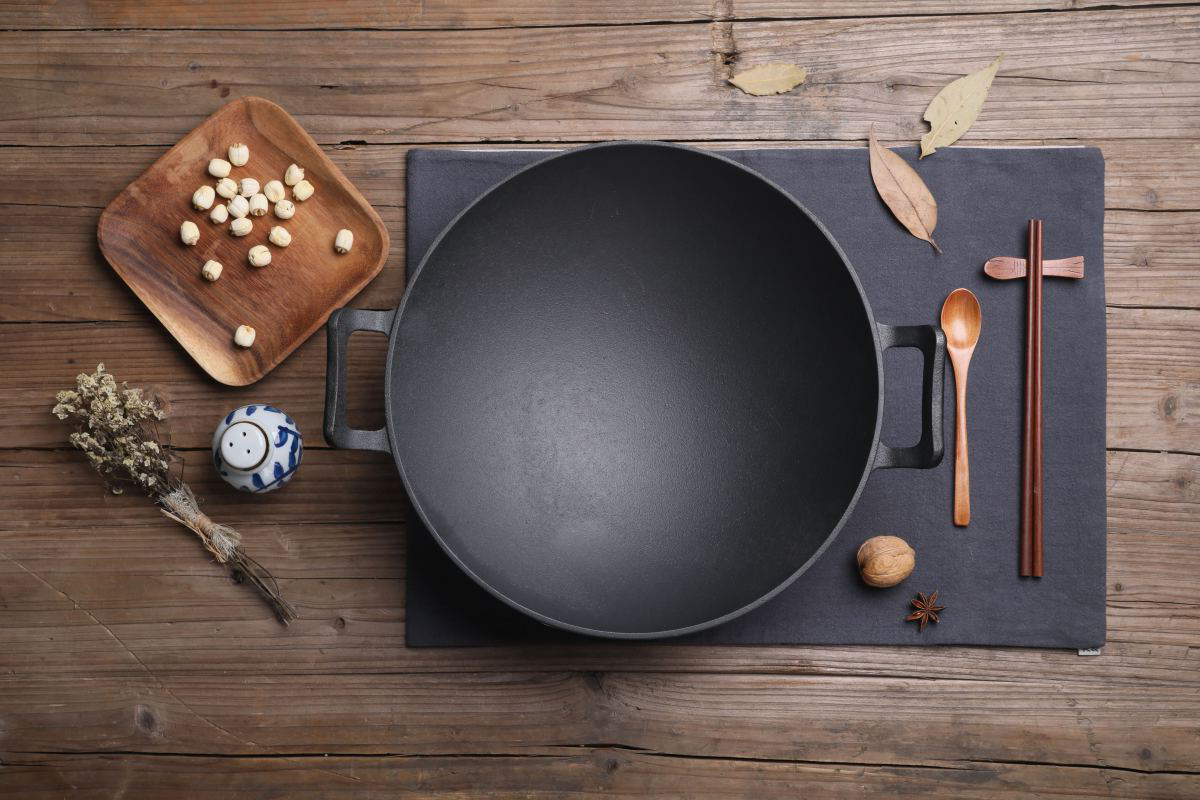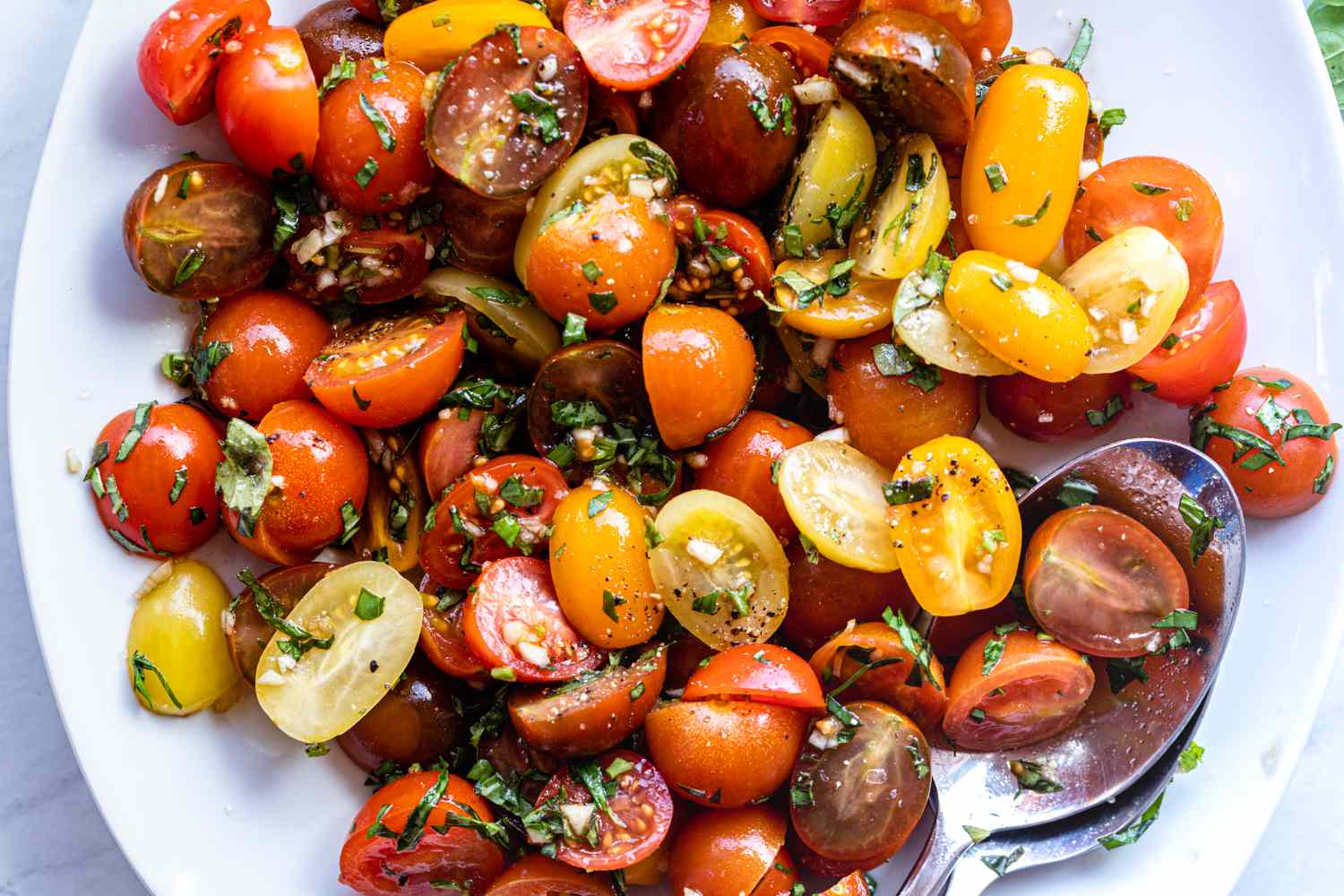Understanding the Versatile Gratin Pan
When it comes to cooking, having the right tools can make all the difference. One such tool that every kitchen should have is a gratin pan. But what exactly is a gratin pan, and how can it be used to create delicious dishes?
A gratin pan is a shallow, oval or rectangular dish that is typically made of ceramic, porcelain, or metal. It is designed to be used in the oven and is perfect for creating dishes that are topped with a golden brown crust. The word “gratin” actually refers to the crust that forms on top of a dish when it is baked or broiled, and a gratin pan is specifically designed to help achieve this effect.
How to Use a Gratin Pan
Gratin pans are incredibly versatile and can be used to create a wide variety of dishes. Here are just a few ways you can put your gratin pan to use:
- Potato Gratin: One of the most classic uses for a gratin pan is to make a potato gratin. Simply layer thinly sliced potatoes with cream, cheese, and seasonings, then bake until the top is golden and bubbly.
- Vegetable Gratin: You can also use a gratin pan to create a delicious vegetable gratin. Try layering thinly sliced vegetables such as zucchini, eggplant, and tomatoes with herbs, breadcrumbs, and cheese for a tasty side dish.
- Seafood Gratin: For a more indulgent dish, consider making a seafood gratin. Combine your favorite seafood such as shrimp, scallops, or crab with a creamy sauce, top with breadcrumbs and cheese, and bake until bubbly and golden.
Benefits of Using a Gratin Pan
There are several benefits to using a gratin pan in your cooking:
- Even Cooking: The shallow design of a gratin pan allows for even cooking, ensuring that your dishes are perfectly cooked throughout.
- Beautiful Presentation: Dishes cooked in a gratin pan often have a beautiful, golden brown crust on top, making them visually appealing as well as delicious.
- Versatility: From savory gratins to sweet fruit gratins, the possibilities are endless when it comes to using a gratin pan.
Whether you’re a seasoned chef or just starting out in the kitchen, a gratin pan is a must-have tool that can help you create a wide range of delicious dishes. Its versatility, even cooking, and beautiful presentation make it a valuable addition to any kitchen.
So, the next time you’re looking to add a new dish to your cooking repertoire, consider reaching for your gratin pan and experimenting with different ingredients and flavors. You may just discover a new favorite recipe that will become a staple in your kitchen!
Was this page helpful?
Read Next: What Is A Head Of Garlic
